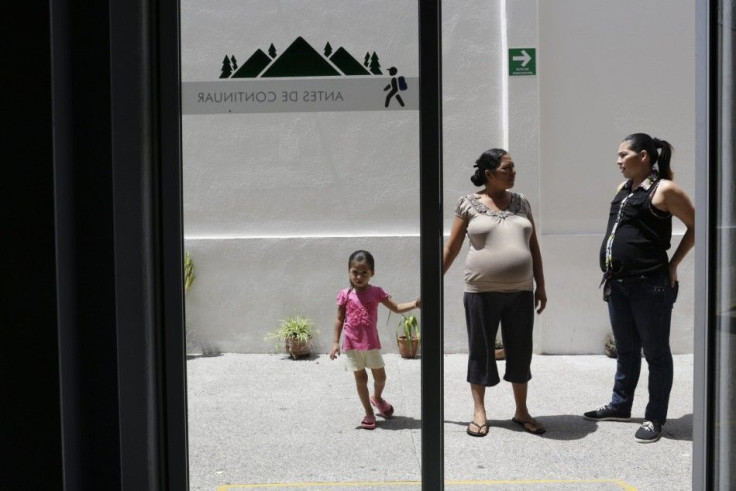Newborn Baby Dies After Use Of Labour-Inducing Gels On Mother

A coroner has found that a new born died because of labour-inducing gels used on the mother. The coroner suggested that the could have been prevented.
On Nov 17, 2011, Aurora Doreen Maureen died in her sleep four days after her birth in Mount Gambier Hospital in South Australia. The death was due to a hypoxic brain injury which was associated with the delivery.
Deputy State Coroner Anthony Schapel said, "Aurora died from hypoxic brain injury, after her mother, Ashlee Brown, sustained a uterine rupture and the baby and placenta were displaced into her abdominal cavity. I find that the administration of prostaglandin gel caused Ms Brown to experience excessively strong and frequent uterine contraction."
Labour is usually induced to help the birth process artificially. The risks of inducing labour are increase in chance of a caesarean delivery, stronger contractions in the uterus and risk of uterine rupture.
Ashlee Brown was given labour-inducing gels because of her uterus being perforated due to an earlier pregnancy. The prostaglandin gel caused her uterus to rupture exactly where it had ruptured previously.
A study conducted by NCBI found that of 2,119 trials of labor, 27 per cent of them were induced. The total percentage of uterine rupture was 0.71 per cent and that the uterine rupture rate in the case of induced labours was higher than in the case of natural labour. In the case of the usage of prostagladin gel, the uterine rupture rate was at 2.9 per cent. The risk of uterine rupture with the usage of prostagladin in comparison to spontaneous labour was that of 6.41 per cent.
The coroner commented that Aurora's death could have been prevented if the use of prostaglandin gels to induce Brown's labour had been avoided. He recommended that guidlines should be developed relating to risks of using gels on women, especially those women who have had uterine rupture previously.





















